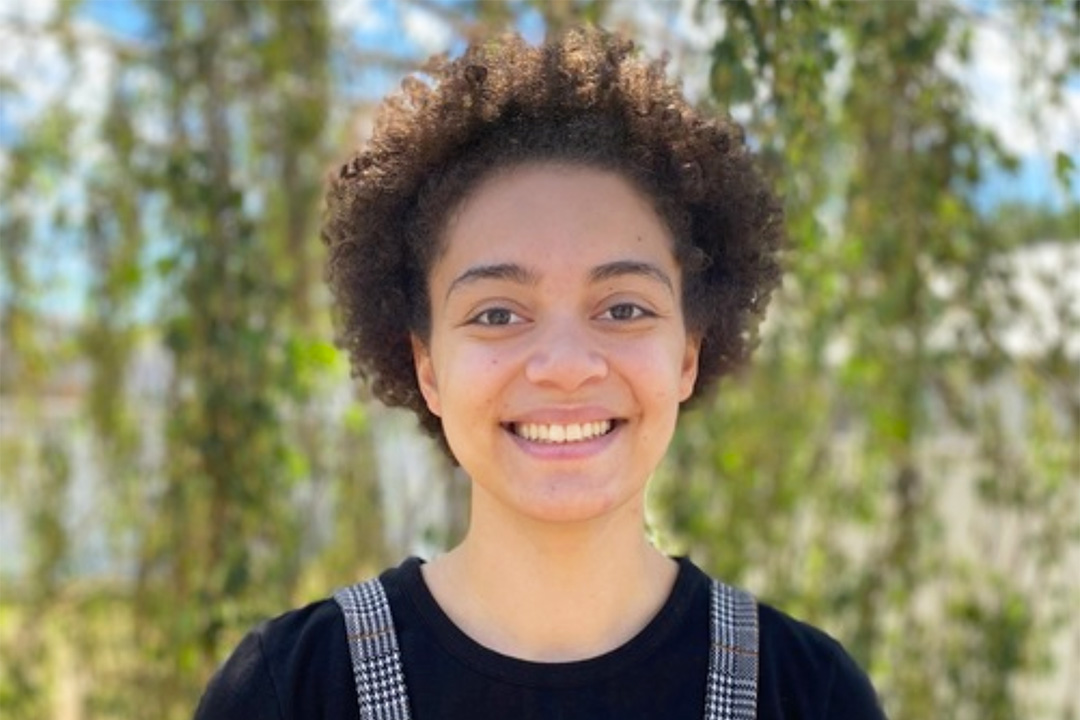“The first time I visited the U of S was during an open house,” said Teixeira, a U of S College of Arts and Science undergraduate student.
“I was invited to sit in on a mathematics lecture that morning. I gladly missed the welcome event to attend the lecture. After that day, I was determined to study mathematical physics.”
Under the mentorship of Dr. Steven Rayan (PhD), director of the Centre for Quantum Topology and its Applications (quanTA) and a faculty member in the College of Arts and Science’s Department of Mathematics and Statistics, Teixeira began studying how quantum computers work as part of her honours degree in mathematical physics.
To operate, classic computers use small pieces of information called bits. Bits can operate in an ‘on’ or ‘off’ state — like a light switch — that helps the computer to classify and process information. Alternatively, quantum computers use quantum particles referred to as qubits. Instead of operating like a light switch, quantum particles have spin. Whatever direction the particle’s spin is observed in is called its ‘state.’
“The counterintuitive thing about a qubit is it can be in multiple states at once,” Teixeira said.
“When you check which state it’s in, it collapses to a single state. There is some randomness — we only know the probability of finding the qubit in a certain state.”
Leveraging these probabilities, complex mathematics, and extremely sensitive engineering, quantum computers allow for vastly quicker computations in comparison to classical computers. Because of their unique way of operating on a mathematical and physical level, quantum computers can more accurately represent models of molecules, making them particularly useful in developing new medications and treatments.
“Their computational speed is useful for machine learning and artificial intelligence,” Teixeira said.
“As we build quantum computers that include more qubits, the uses for these computers will certainly broaden.”
Teixeira has been studying a particular field of mathematics, called “Lie algebras,” to further develop her understanding of quantum computing. Instead of only considering bits in their on/off state, this mathematical approach opens the door to a potential third option.
While more investigation is needed to determine how these complicated logic models can be realized physically, the possibility for qubits to naturally assume additional states already anticipates new kinds of quantum programming, which is exciting at a time when industry is looking for ways to demonstrate the power of quantum computing.
“When it comes to quantum computing, certain details are still being decided. For example, only recently have quantum computers started being built, and there are multiple ways to physically represent a qubit,” Teixeira said.
“Thus, before establishing a standard system for quantum computing, we want to explore several options. Most importantly, we want to utilize all of their potential.”
Teixeira’s research work has been supported by the U of S and the Natural Sciences and Engineering Research Council of Canada, through the agency’s competitive Undergraduate Student Research Award program.
This article first ran as part of the 2022 Young Innovators series, an initiative of the USask Research Profile and Impact office in partnership with the Saskatoon StarPhoenix.


